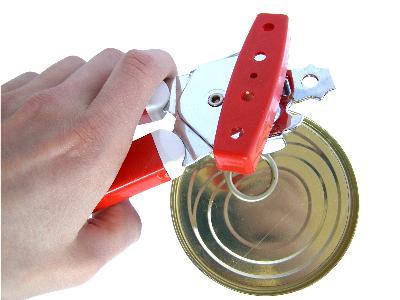Most houses today have a tub of margarine in the fridge, but what is margarine, where does it come from and how is it different to butter?
Butter is created from cream which rises to the top of milk when it sits for a period of time, this is usually gathered from cows. Through the process of churning the cream, a chemical reaction takes place which makes the cream begin to solidify and turn into butter. This process has been around for over 4000 years.
Margarine came along around 150 years ago, Napoleon III wanted a cheap butter substitute to supply to his troops and to provide to the poorer population in France. Hippolyte Mége Mouriès patented a lower priced form of butter in 1869, it was made primarily from from beef tallow (fat from cows). He named the new substance margarine from the Greek margarite meaning “pearl like” after its white, pearlescent look.
The patent for margarine was sold in 1871 to Dutch organisation called Jurgens, who would later form into Unilever, still one of the biggest manufacturers of margarine today. Jurgens refined the product and sold it as a cheaper butter substitute. They dyed it yellow to look more like traditional butter as margarine is naturally white and they went on to start up the first commercial margarine factory.
Margarine quickly became a success, much to the dismay of the dairy farmers where butter was one of their primary sources of income. The farmers were quite influential in the USA at the time and used their power to influence governments to inhibit the sale of margarine. The Margarine Act of 1886 was passed which put a two cent tax on every pound of margarine sold (quite a bit in those days). The dairy farmers also managed to ban the process of dying margarine yellow to make it look like butter, by 1902 there were 32 states in the USA enforcing this law, 3 states even went as far as to force the margarine to be made pink to discourage potential buyers. Canada even made the sale of margarine illegal between the years 1886 and 1948!

Margarine manufacturers were not discouraged, they were not allowed to dye the margarine yellow so they included a tiny yellow dye food capsule with the margarine that could kneaded into it by hand when they got home to give it the appetising, buttery look.
During World War II the availability of traditional butter decreased so consumers started to switch to the cheaper alternative – margarine. This is when consumers realised that the alternative product wasn’t so bad after all and in 1950 the heavy tax on margarine was lifted.
Up until around the 1940s animal fat was used in margarine, but nowadays margarine exclusively uses the cheaper alternative of vegetable oils. Many efforts have been made to make margarine more healthy, introducing more healthy vegetable fats with less unhealthy saturated and trans fats. However the debate still continues on which product is better.
Further reading:
- http://www.todayifoundout.com/index.php/2013/12/napoleon-invention-margarine/?utm_source=Today+I+Found+Out+Daily+List&utm_campaign=7f1384958d-Today_I_Found_Out_Daily_Knoweldge9_20_2012&utm_medium=email&utm_term=0_cfe94f6138-7f1384958d-45530685
- http://mentalfloss.com/article/25638/surprisingly-interesting-history-margarinehttp://ourheritageofhealth.com/the-war-on-margarine-and-the-history-of-margarine/
- http://margarine.unilever.com/Whatismargarine/Historyofmargarine.aspx





